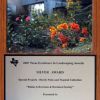Gardening in January? Yes You Can!
January 2, 2017 | By webadmin
Though it's been lovely today in Dallas, it's often chilly, damp and not the most wonderful time to be outdoors. But all things considered, we have pretty mild winters here in Dallas that make gardening still possible. And there’s still plenty to do in January. No matter if you are a DIY’er or have a pro-maintenance team managing your landscape, maintaining your landscape is a good investment. In fact, here in North Texas, there’s something to do every month of the year.
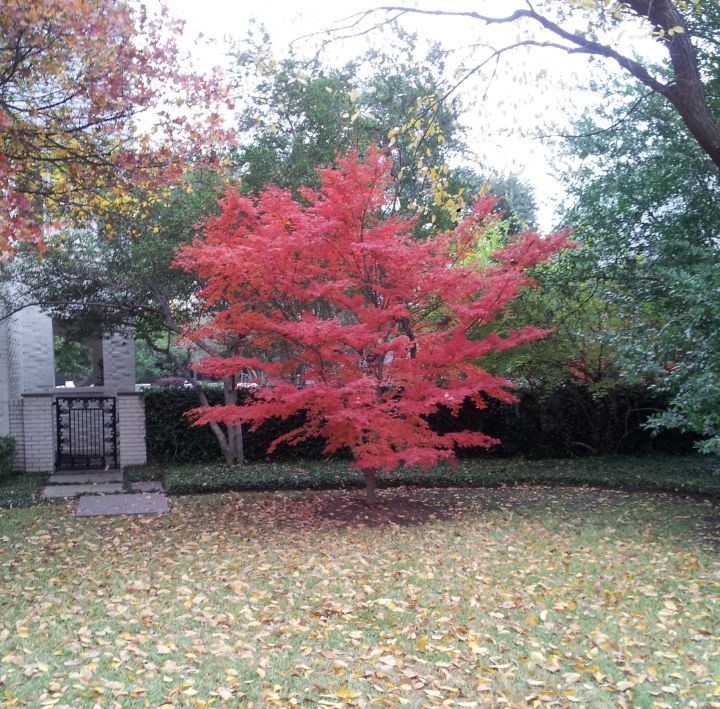
You can plant in January.
Because our soils don’t freeze here in Dallas, we can plant all winter. In fact, fall and winter are the best times to plant trees, shrubs and a variety of perennials. We love January because this is the time of year when fruit tree availability is at its peak. In the Dallas area, fruit trees that thrive include peach, pear, fig, persimmon, and plum.
Bare root roses are also available in winter. Mix vegetables and herbs such as kale, Swiss chard, spinach, cilantro, dill and other edibles into your seasonal color containers for a quick and tasty refresh.
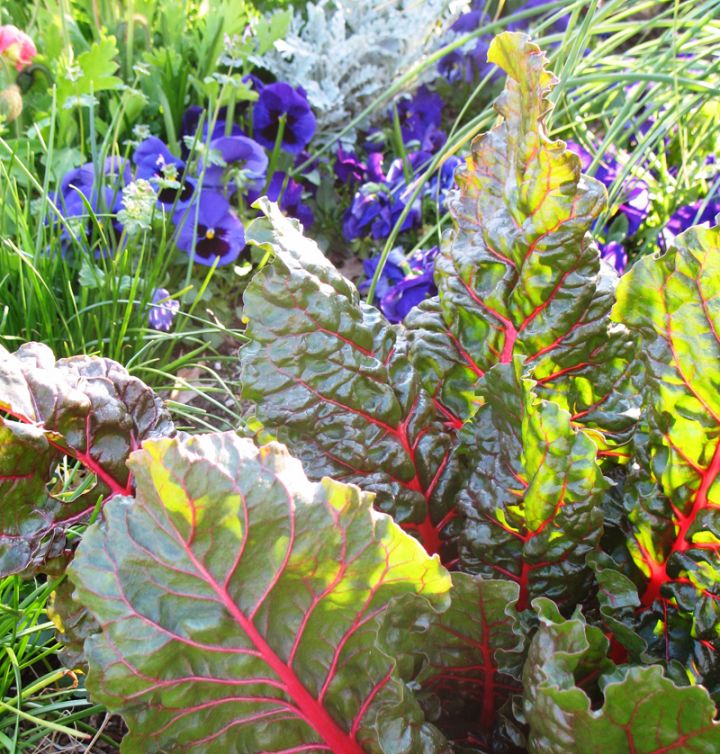
Swiss chard is a favorite edible to mix into winter containers and the landscape.
Transplanting shrubs and trees in winter will give roots time to establish themselves in their new home prior to summer heat. If you lost a large shade tree in the last few months, now is the time to move any shade loving plants that were planted underneath.
Prune wisely
While you can do some light pruning as needed, it’s usually best not to do a lot of pruning on shrubs and perennials, as the pruning can trigger new growth. New growth is tender and more susceptible to temperature damage.
Fruit trees are often pruned in late winter in our climate, but each type of fruit tree has special pruning requirements and timing. Pruning them at the wrong time could put your next harvest in jeopardy. Make sure to research your fruit trees to determine the right time to prune.
However, winter can be a good time to have your large shade trees pruned. To reduce ice damage in evergreen trees, prune as needed through winter. Be sure to call a certified arborist to trim your trees. Healthy trees, often the focal point of your landscape, grow their best and stay beautiful with the right tree care.
Don’t forget…
Protect tender plants from a hard freeze. You never know when it will come...the dreaded North Texas ice storm! It appears quickly and warms up just as fast. We recommend always having frost cloth or light blankets to cover tender perennials, new plantings, vegetable beds and container gardens. Cover at night and remove in the morning or plants could overheat in the sun.
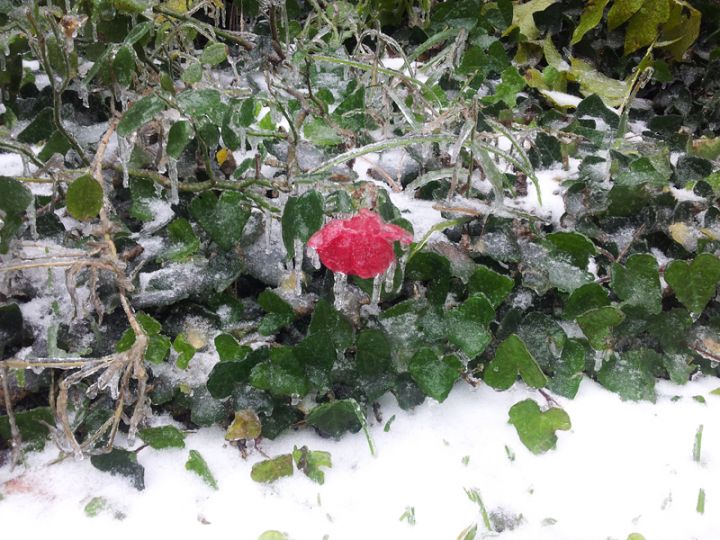
Mulch your landscape beds if you haven’t already, and be sure to mulch new color plantings to help insulate the soil.
Even in winter, plants still need water. Your irrigation system should be turned down by now since your landscape needs less. But, no water through winter will cause problems in your plants come spring. Water your lawn with one-inch of water every other week if there is no rain, and make sure your rain and freeze sensors are working correctly.
Feed the flowers. Pansies, snapdragons, violas, herbs and vegetables all need to be fed regularly through their growing season. Depending on what you are feeding, it could be each week or once a month with a quality fertilizer.
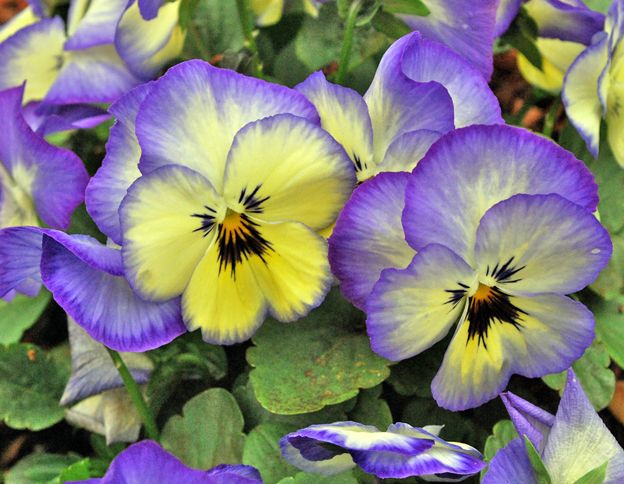
Violas are wonderful winter bloomers!
Ready to take back some time or are you a reluctant DIY’er? A landscape crew staffed with skilled horticulture experts will properly mow and prune, provide seasonal clean-up, and look out for pest or disease issues.
